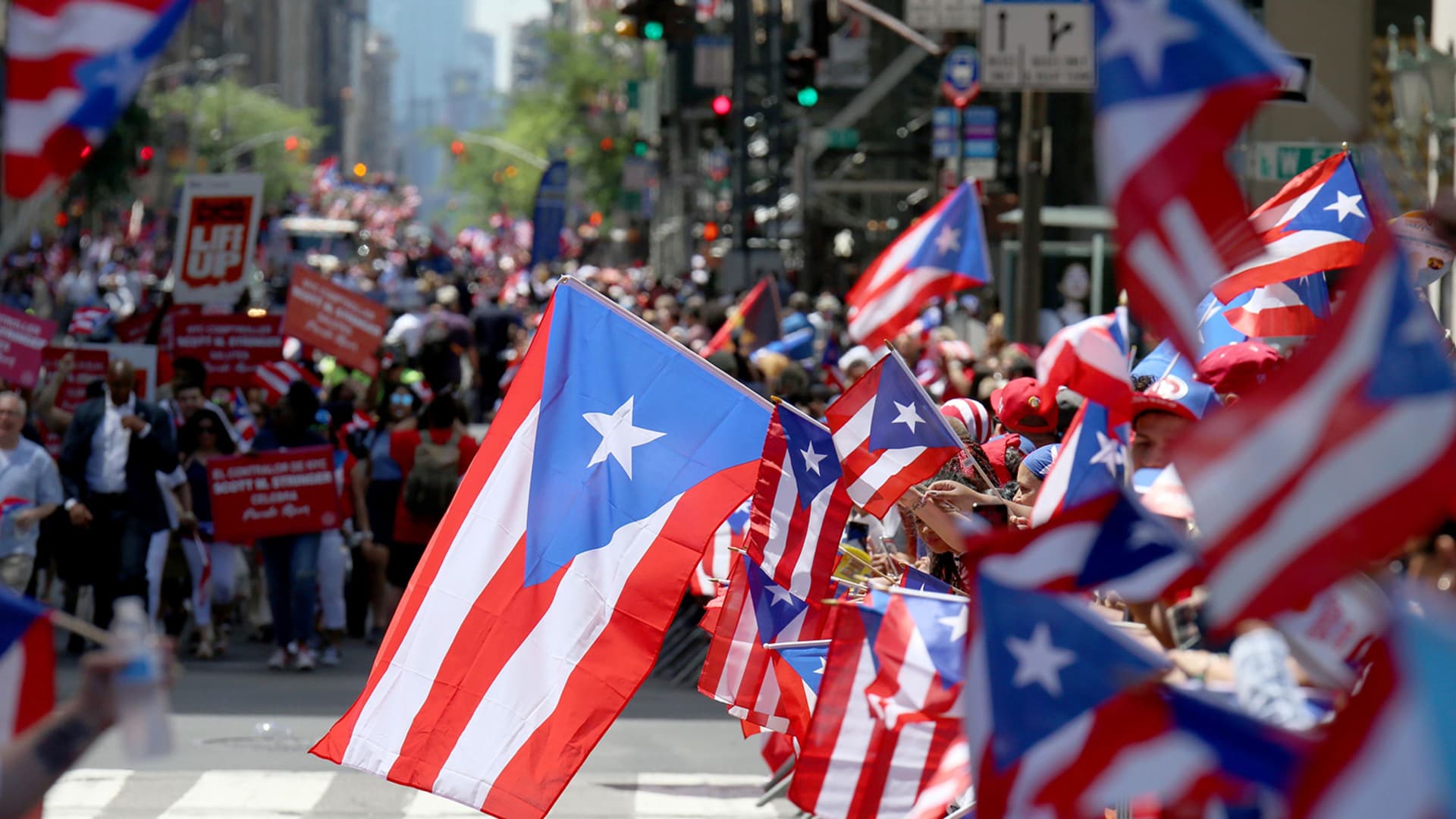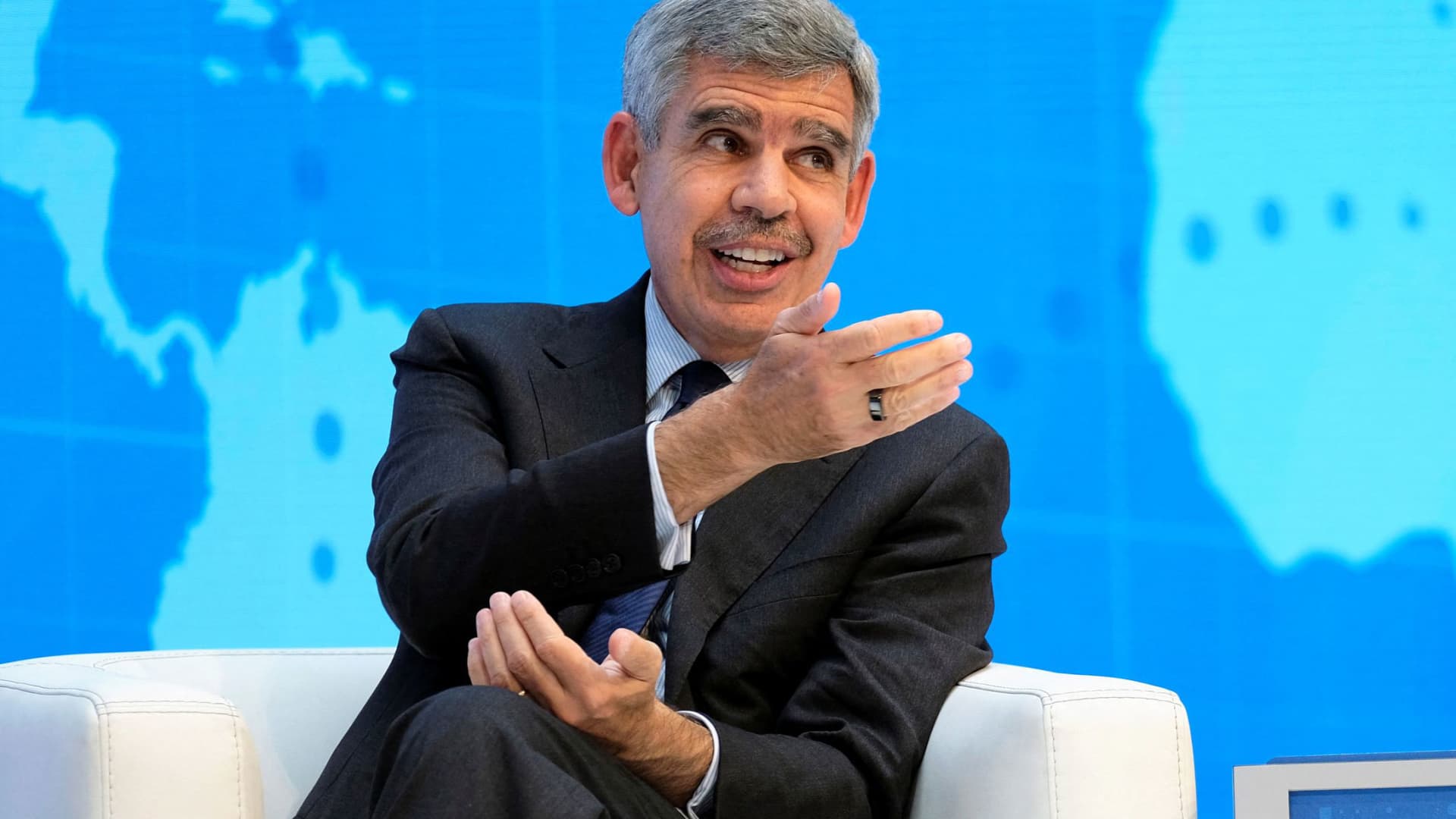Traders who need to make the most of a generational alternative to seize enticing revenue on municipal bonds might not need to wait for much longer, in keeping with strategist Tom Kozlik. Yields have already fallen by about 34 foundation factors — or 0.34 share level — for the reason that starting of September, he mentioned. Bond yields transfer inversely to costs, so when yields fall, costs rise. “The chance for traders to lock in generationally enticing yields is slipping away each day,” mentioned Kozlik, head of public coverage and municipal technique at Hilltop Securities. “The price of ready is rising each day.” He expects the downward development in yields to proceed into the start of subsequent 12 months, though it might not essentially are available a straight line. However whereas yields will not be as excessive as they as soon as had been, they nonetheless stay elevated in contrast to a couple years in the past, he mentioned. Rich traders like munis as a result of they’re exempt from federal tax and, if the holder lives in the identical state or metropolis by which the bond is issued, freed from state and native tax, too. The Schwab Municipal Bond ETF at present has a tax-free 30-day SEC yield of three.55% and a 0.30% expense ratio. SCMB YTD mountain Schwab Municipal Bond ETF 12 months so far Provide/demand shift A surge in provide is among the many causes municipal bonds’ costs had beforehand struggled this 12 months. A complete of $414 billion in muni bonds had been issued this 12 months, via Sept 17, up 13% 12 months over 12 months, in keeping with Financial institution of America. Many issuers introduced their bonds to market earlier this 12 months amid the uncertainty surrounding the Huge Lovely Invoice and the way it might have an effect on municipal funds and the standing of the bonds’ tax exemptions. That offer is anticipated to decelerate via the remainder of the 12 months, whereas demand is already selecting up, Kozlik mentioned. “I am not saying that issuance goes to fall off a cliff,” he mentioned. However “the development goes to be considerably decrease than we have seen within the final 12 months and a half.” On the similar time, almost $7 billion has flowed into U.S. municipal bond funds since August 20, LSEG information present. That development ought to proceed as traders transfer into municipals and out of short-term property, like cash market funds, because the Federal Reserve lowers charges, Kozlik mentioned. That mixture of slowing provide and elevated demand will make it tougher for particular person traders to purchase munis, he mentioned. MUB YTD mountain iShares Nationwide Muni Bond ETF 12 months so far 2-3 12 months bull market Financial institution of America additionally not too long ago identified the shift inside the muni bond market. Municipal bonds are essentially the most undervalued asset class 12 months so far, lagging behind Treasurys and company bonds, the financial institution mentioned in a observe Friday. That mentioned, munis have outperformed thus far in September and may proceed to rally via the tip of the 12 months, strategist Yingchen Li wrote. “We expect now it’s extra acceptable to take a purchase and maintain method given our view that this bull market ought to run for the following 2-3 years,” he mentioned. “Tax-exempt muni yields ought to find yourself surprisingly low when this bull market is exhausted down the street.” The very best alternatives for traders are on the intermediate to longer finish of the yield curve, mentioned Cooper Howard, fixed-income strategist at Schwab Heart for Monetary Analysis. Valuations on the shorter finish have turn into pretty wealthy, notably on a relative foundation when in comparison with Treasury yields, Howard mentioned. The municipal-to-Treasury ratio for two- to five-year bonds is about 57%, which means munis yield about 57% of what comparable Treasury bonds yield, he famous. The ten-year ratio is at about 40% and the 30-year ratio is at about 90%, he added. Whereas Treasurys are freed from state taxes, they aren’t exempt from federal taxes. Steepening curve The yield curve was additionally flat previous to the Federal Reserve price cuts, Howard mentioned. Today, the yield curve is way steeper, with short-term payouts slipping because the central financial institution decreases charges, he famous. “Traders are getting higher compensated for transferring out the yield curve and taking over some period threat,” he mentioned. Howard anticipates short-term charges will proceed to maneuver decrease because the central financial institution eases and would not be shocked if longer-term yields keep elevated. That mentioned, he is not essentially advocating transferring out to 30-year munis as a result of there’s nonetheless interest-rate threat. “A very good place to begin is intermediate period and for many muni traders, that is about six to seven years on common,” Howard mentioned. A great way to try this is to construct a bond ladder of various maturities, which takes the guesswork out of making an attempt to time rates of interest, he mentioned. Howard additionally suggests the majority of investments keep in higher-rated munis rated AA and above, since yields are inadequate to compensate for transferring into lower-grade property. Kozlik additionally prefers higher-grade munis, each basic obligation and income bonds. As well as, he sees alternatives within the higher-education sector, which has been overwhelmed up. Bonds from giant universities are nonetheless an excellent place to search out worth, basically, however traders ought to verify their credit score and ensure enrollment developments aren’t dropping, he mentioned. (Be taught the most effective 2026 methods from contained in the NYSE with Josh Brown and others at CNBC PRO Stay. Tickets and information right here .)



